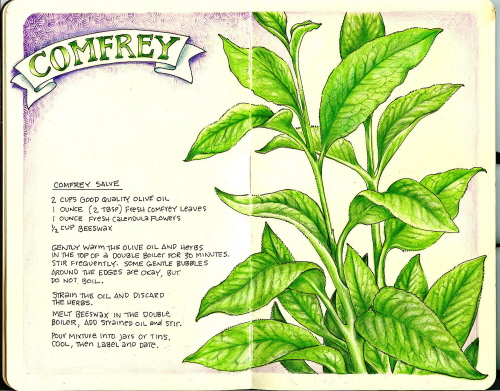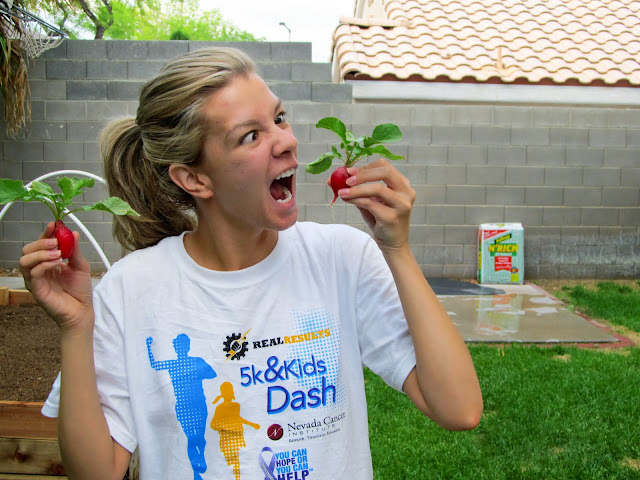Can you imagine a world where you only ate apples? What's for breakfast? Apples. What's for lunch? Apples. What's for dinner? Apples. And snacks? You guessed it, apples. Sounds awful doesn't it? Many people don't understand that the same concept applies to plants in your garden. Plants need a variety of vitamins and minerals in order to grow and produce fruit.
Basic plant fertilizers can be purchased at almost any home or garden store or nursery, but the problem with fertilizers is that they really only contain three minerals plants need to survive: nitrogen, potassium and phosphorous. Fertilizers are the "apples" of the plant food pyramid. What about all of the other "foods" a plant needs? Most of them will initially exist in the soil, but once the plants have consumed them, they will need more. So if not for fertilizer, where do these micronutrients come from? No, not your Flintstones vitamins, they come from rock dust minerals!
What Will Rock Dust Do For My Garden?
Using rock dust minerals in your garden is a process known as "Full Spectrum Mineralization" or simply "remineralization." When used in your garden, rock dust will:
- Provide slow release of trace minerals
- Increase microorganism growth
- Build more soil
- Increase nutrition in plants and crops
- Cut the need for chemical fertilizers
- Increase water retention in the soil
- Increase pest resistance
- Increase crop yield
- Better tasting crop
- There are also reports of increased winter hardiness
I've Never Heard of Rock Dust, Is It New?
While the use of rock dust in agriculture has been going on naturally since the beginning of time, it hasn't been used in modern agriculture for very long. Even though it has "been around" for 30+ years, not many people are talking about it because not many people know about it!
I first heard about this stuff from my good friend and garden guru, John over at Growing Your Greens. Check out his videos about Rock Dust Minerals for more information.
Where Can I Get Some?
Rock dust minerals are surprisingly extremely difficult to find. If only large garden chains knew how much money they could make on this product, their shelves would always be stocked! Until then, here are my suggestions on where to get it.
You could try going to a local gravel yard or rock nursery (where they sell rocks for landscaping) and ask for "gravel dust" or "rock dust" (or ask for the closest things they have to those products). You might get it for free, or relatively inexpensive.
If you can't find any in your area, you can always order online. While the following places sell the product for a relatively inexpensive price, they make up for it in shipping! Please note however, that it is worth the money!
- Agrowinn Fertilizers: This is an online store where you can purchase rock dust minerals, however it can get expensive. I purchased a 50 lb bag for $46.00, and spent $20.00 in shipping costs.
- Azomite: Has locations all over the United States. If they don't have a store in your area, they are willing to ship their product to you.
❀ Journal Ideas! ❀
- Did you decide use rock dust minerals in your garden?
- Why or why not?
- Where did you purchase your rock dust?
- What brand did you purchase?
- How much did you buy?
- How much did you use on your garden?
- Are you planting some plants without the use of rock dust minerals for comparison purposes?
- Take pictures!













































